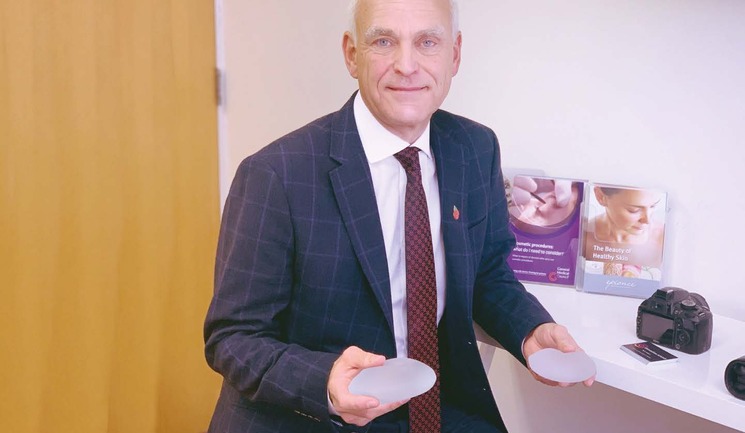Consultant plastic surgeon Mr Adrian Richards provides an overview of the latest trends and developments in breast implant surgery
To access this post, you must purchase Aesthetics Journal Membership – Annual Elite Membership, Aesthetics Journal Membership – Annual Enhanced Membership or Aesthetics Journal Membership – Basic Membership.
log in
log in






